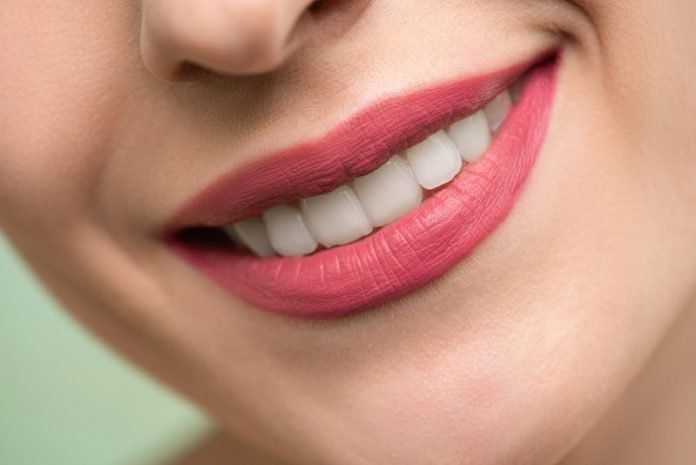
In a new study from the University of Birmingham and elsewhere, researchers found that COVID-19 could pass into people’s lungs from saliva with the virus moving directly from mouth to bloodstream—particularly if individuals are suffering from gum disease.
They found that blood vessels of the lungs, rather than airways, are affected initially in COVID-19 lung disease with high concentrations of the virus in saliva and periodontitis linked to increased risk of death.
Dental plaque accumulation and periodontal inflammation further intensify the likelihood of the SARS-CoV-2 virus reaching the lungs and causing more severe cases of infection.
They recommend that the public take simple, but effective, daily steps to maintain oral hygiene and reduce gum disease.
In the study, the new model is based on the mouth providing a breeding ground for the virus to thrive, with any breach in oral immune defenses making it easier for the virus to enter the bloodstream.
Moving from blood vessels in the gums, the virus would pass through the neck and chest veins—reaching the heart before being pumped into pulmonary arteries and small vessels in the lung base and periphery.
The team says this model may help us understand why some individuals develop COVID-19 lung disease and others do not.
It could also change the way people manage the virus—exploring cheap or even free treatments targeted at the mouth and, ultimately, saving lives.
Simple oral hygiene measures, including the use of these specific mouthwash products, could help lower the risk of transmission of the virus from the mouth to the lungs in those with COVID-19 and help prevent severe instances of the infection.
If you care about tooth health, please read studies about this tooth disease linked to cognitive decline, dementia and findings of a new treatment for tooth repair.
For more information about tooth and gum diseases, please see recent studies about new causes of gum disease and tooth decay and results showing a new way to regenerate the roots of teeth.
The study is published in the Journal of Oral Medicine and Dental Research. One author of the study is Dr. Graham Lloyd-Jone.
Copyright © 2021 Knowridge Science Report. All rights reserved.



